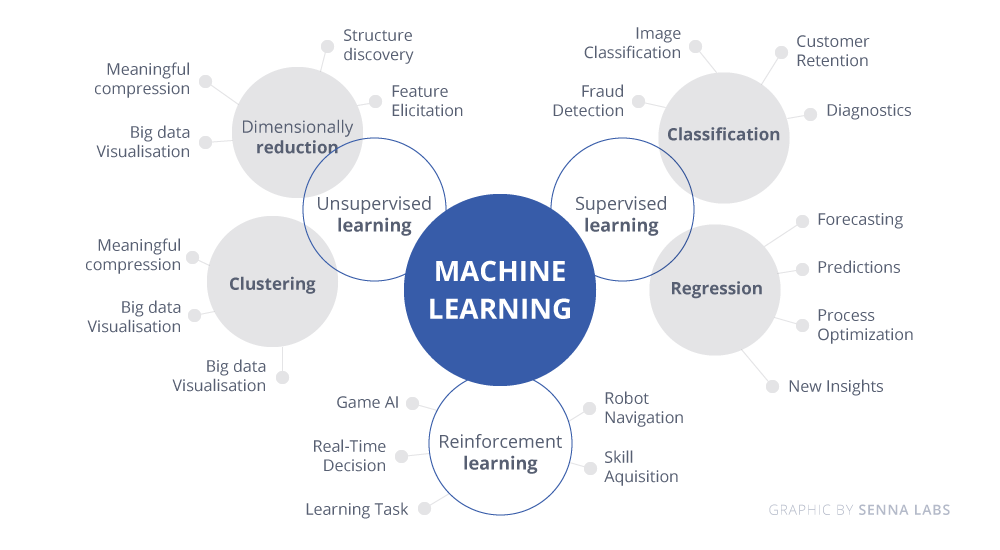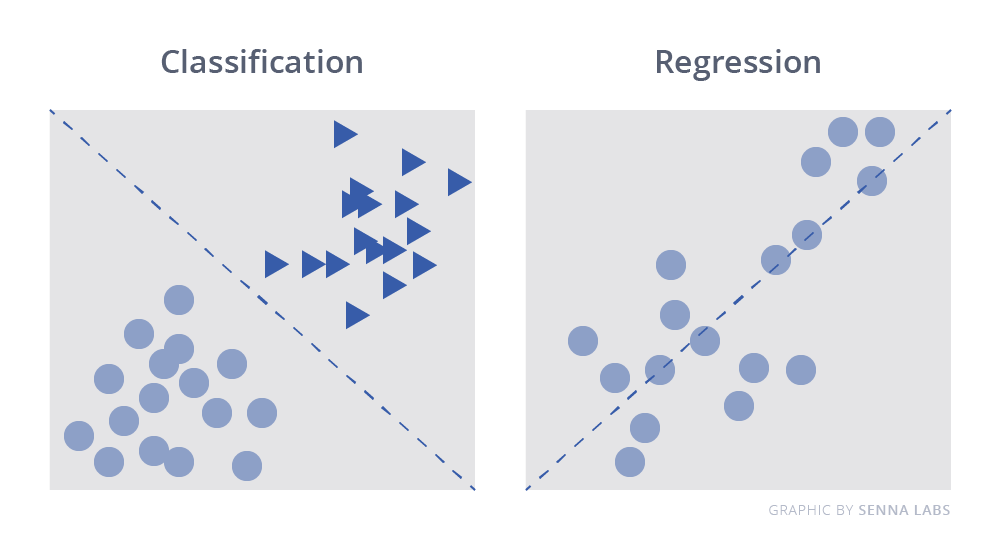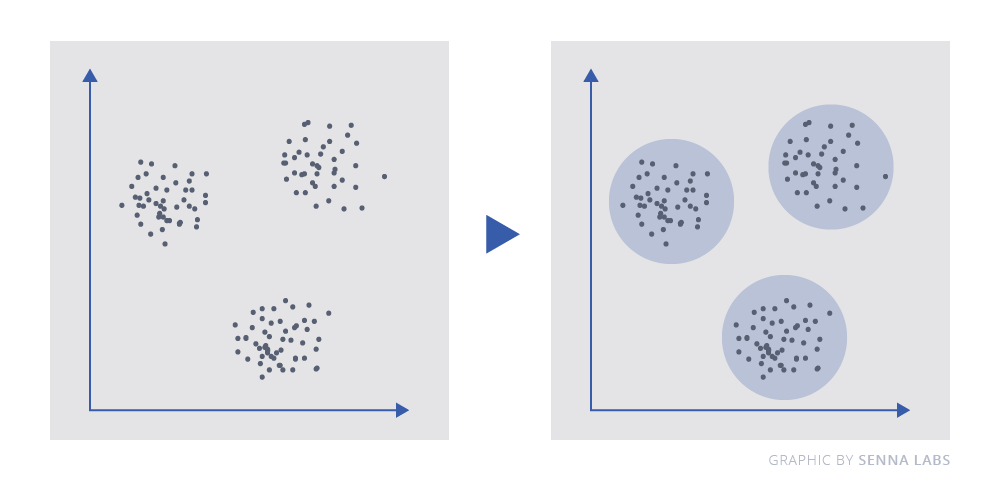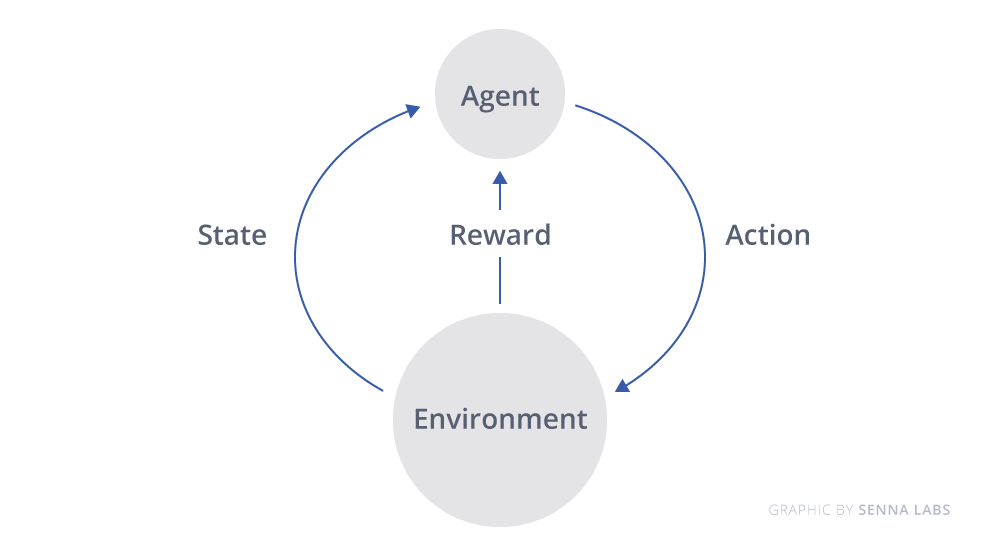Explanation of different kinds of Machine Learning models/strategies and their use cases
Share

Last time, we mentioned how to invest a machine learning for an MVP product successfully. In this article, we will go furthermore on how to choose an appropriate machine learning algorithm in real-world use cases. As of today, machine learning algorithms have become an integral part of various industries, including business, finance, and healthcare.
Machine Learning
Today, our focus will be on understanding the different kinds of Machine Learning algorithms and their specific purpose. There are four widely recognized styles of machine learning: supervised, unsupervised, and reinforcement learning. These styles have been discussed in great depth in the literature and included in most introductory lectures on machine learning algorithms. As a recap, the picture above summarizes these styles.
Supervised Learning
Supervised learning algorithms make predictions based on a set of examples. For example, historical sales can be used to estimate future prices. With supervised learning, you have an input variable that consists of labeled training data and a desired output variable. You use an algorithm to analyze the training data to learn the function that maps the input to the output. This inferred function maps new, unknown examples by generalizing from the training data to anticipate results in unseen situations.
- Classification: When the data are being used to predict a categorical variable, supervised learning is also called classification. This is the case when assigning a label or indicator, either dog or cat, to an image. When there are only two labels, this is called binary classification. When there are more than two categories, the problems are called multi-class classification.
- Regression: When predicting continuous values, the problems become a regression problem.
Unsupervised Learning
Unlike a supervised learning approach that uses labeled data to make output predictions, unsupervised learning feeds, and trains algorithms exclusively on unlabeled data. When performing unsupervised learning, the machine is presented with totally unlabeled data. It is asked to discover the intrinsic patterns that underlie the data, such as a clustering structure, a low-dimensional manifold, or a sparse tree and graph.
- Clustering: Grouping a set of data examples so that examples in one group (or one cluster) are more similar (according to some criteria) than those in other groups. It is often used to segment the whole dataset into several groups. Analysis can be performed in each group to help users to find intrinsic patterns.
- Dimension reduction: Reducing the number of variables under consideration. In many applications, the raw data have very high dimensional features, and some features are redundant or irrelevant to the task. Reducing dimensionality helps to find the right, latent relationship.
Reinforcement Learning
Reinforcement learning analyzes and optimizes the behavior of an agent-based on feedback from the environment. Machines try different scenarios to discover which actions yield the greatest reward, rather than being told which actions to take. Trial-and-error and delayed reward distinguishes reinforcement learning from other techniques.
During the training process, once the algorithm can perform a specific/desired task, reward signals are triggered. These reward signals act like navigation tools for the reinforcement algorithms, denoting the accomplishment of particular outcomes, and determining the next course of action. Naturally, there are two reward signals:
Positive – It triggers when a specific sequence of action is to be continued.
Negative – This signal penalizes for performing certain activities and demands the correction of the algorithm before moving forward.
Conclusion
Machine learning strategies are one more aspect to consider when applying machine learning algorithms to everyday business problems. Even in this stage, the best algorithms might not be the methods that have achieved the highest reported accuracy, as an algorithm usually requires careful tuning and extensive training to obtain its best achievable performance.
Next time, we will focus on in-detailed and some tutorials on Machine Learning algorithms.

Share

Keep me postedto follow product news, latest in technology, solutions, and updates
Related articles
Explore all






